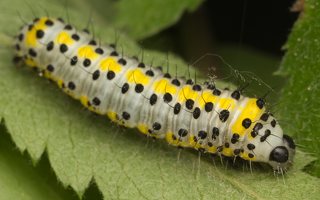- sort orderDefault
Photo title, A → Z
Photo title, Z → A
✔ Date created, new → old
Date created, old → new
Date posted, new → old
Date posted, old → new
Visits, high → low
Random - Google Map
- map
 home / Insecta · vabzdžiai / Lepidoptera · drugiai / Noctuidae · pelėdgalviai / Diloba caeruleocephala · mėlyngalvė diloba
home / Insecta · vabzdžiai / Lepidoptera · drugiai / Noctuidae · pelėdgalviai / Diloba caeruleocephala · mėlyngalvė diloba

-
 Diloba caeruleocephala caterpillar · mėlyngalvė diloba, vikšras
Diloba caeruleocephala caterpillar · mėlyngalvė diloba, vikšras
-
 Diloba caeruleocephala caterpillar · mėlyngalvė diloba, vikšras
Diloba caeruleocephala caterpillar · mėlyngalvė diloba, vikšras
-
 Diloba caeruleocephala caterpillar · mėlyngalvė diloba, vikšras
Diloba caeruleocephala caterpillar · mėlyngalvė diloba, vikšras
Diloba caeruleocephala · mėlyngalvė diloba
- figure of eight
- Blaukopf
- mėlyngalvė diloba
- ābeļu raibpūcīte
- bielmica sinogłówka
An autumn flyer. The egg overwinters. The larvae are relatively thick at all stages, relatively short and roundish in cross-section. The first instar is light to dark brown and has long bristles on the entire top of the body. The second instar is black with yellow dorsal lines. The head is cream with two black, dorsal stripes. The third instar is blue-grey with yellowish, subdorsal bands. The head is now grey-blue with two large black spots. The penultimate instar resembles the third . In the last instar, the caterpillar is greenish to bluish and has a series of yellow spots on the back and on the side, which are so close together in some specimens that they result arranged in three longitudinal stripes. Distributed all over the body are black warts with individual bristles. The head is blue with two black dots. The adult caterpillar is up to 40 millimeters long.
The larvae feed on various deciduous trees and shrubs, mainly Sorbus, Prunus spinosa, Crataegus. The pupa is relatively short and thick. It is reddish brown with a slight shade of blue. At the rear end there are two lateral protrusions, on each of which four bristles sit.